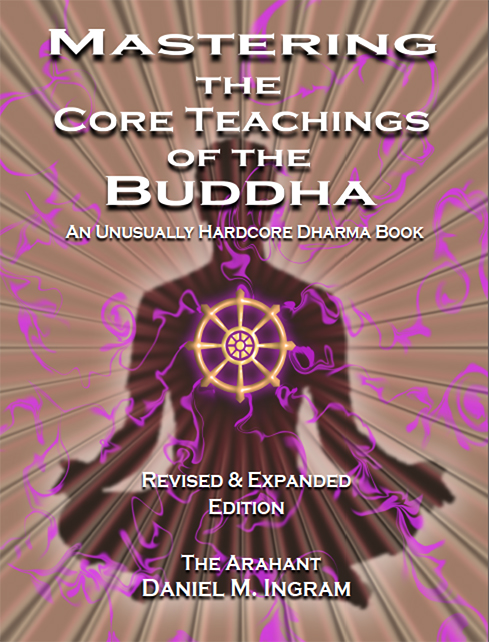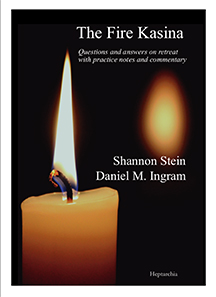The Second MBMC Retreat
← 70. Around the World and Finding Home | Untangling →
As part of that trip, I went back on retreat from April 1–21, 2003, at MBMC in Penang, Malaysia, this time with Sayadaw U Pandita Jr. (again, not to be confused with the late Sayadaw U Pandita, with whom I never personally sat). Even though I have gone on retreats since, I still think of that as “my last retreat”.
I spent the first week basically flailing around, but it was not what most people would consider flailing around, though it honestly felt like it to me at the time. By “flailing around”, I mean I sat, walked, and paid intense attention to what was going on, and what was going on was cycles, stages of insight, Fruitions, jhanas, formless realms, nirodha samapatti a few times, on and on, more and more, faster and faster, with what felt like a high degree of clarity. In short, I had “skills”, as Napoleon Dynamite put it, but they were skills that I had become totally sick of, as I had done all those things countless times before over the years and none of it had resolved “the question”. I was basically rehashing old stuff and felt like I was getting nowhere, caught as I was in a sense of somewhere to get to beyond what was just going on.
After about a week of not impressing Sayadaw U Pandita Jr. at all with reports of all my various dharma experiences, he finally said, in so many words, “Yeah, okay, but at some point you are going to have to get your concentration strong.”
I was taken aback a bit, since, for all my frustration and sense of failure, I was still pretty impressed with myself and my abilities. Reluctantly, however, I took his advice to heart with my standard macho bravado, yet a bit humbled at the same time, and began a project of going back to extremely simple assumptions, trying to go for one hundred percent capture, not letting a single sensation anywhere in the entirety of experience go by without perceiving the three characteristics clearly. I did this from the moment I woke up in the morning to the moment I fell asleep at night. This was real Vipassana 101, just six sense doors and three characteristics, but with the seemingly preposterous goal of the true and final perfection of momentary concentration and investigation.
Medical residency was coming, which honestly terrified me, given the stories my dad had told me about what it was like when he went through it back in the day (though it wasn’t quite as hard in terms of hours by the time I got there, it was still difficult). Retreat time would be extremely hard to get for the next three years, and I had only three weeks on this retreat, which seemed too short. I was sick to the marrow of my bones of my current way of perceiving things, so those combined to produce a massive mobilization of heartfelt effort. After a week of pouring basically every last ounce of power into perceiving every single sensation everywhere in the entire field come and go on its own, it seemed that I could perceive nearly everything come and go, but the cycles continued, albeit now much, much faster, given the retreat setting. As the power spun up higher and higher, it got so that I was having a Fruition every few minutes even when walking. However, practice was still in many ways as it had been before other than the extreme intensity and rapidity of it, and this was profoundly unsatisfying.
I was also sitting with a teacher who seemed completely at ease and matter-of-fact with everything I brought up—cycles, jhanas, ñanas, paths, dharma theory, whatever—and although none of it particularly impressed him, he clearly seemed to get the key point beyond all of that. Again, he seemed completely comfortable, relaxed, at ease about all of it. This was the first time reports of my practice had gotten that response from anyone, teachers included, and it was such a breath of fresh air. Most of the time during interviews, Sayadaw U Pandita Jr. would tell a simple dharma story, typically about Burma, which he clearly loved, and then just sit there, smile, hold his hands wide, and say something welcoming and calm like, “This is very nice. Come on. Any time.”
He was clearly implying that he was simply inviting me into a very different way of experiencing reality from my current one. That was one of the most profound dharma teachings I ever received. Christopher Titmuss had articulated and embodied similar sentiments, but at the time I was sitting with him I didn’t have the capacity to comprehend them.

